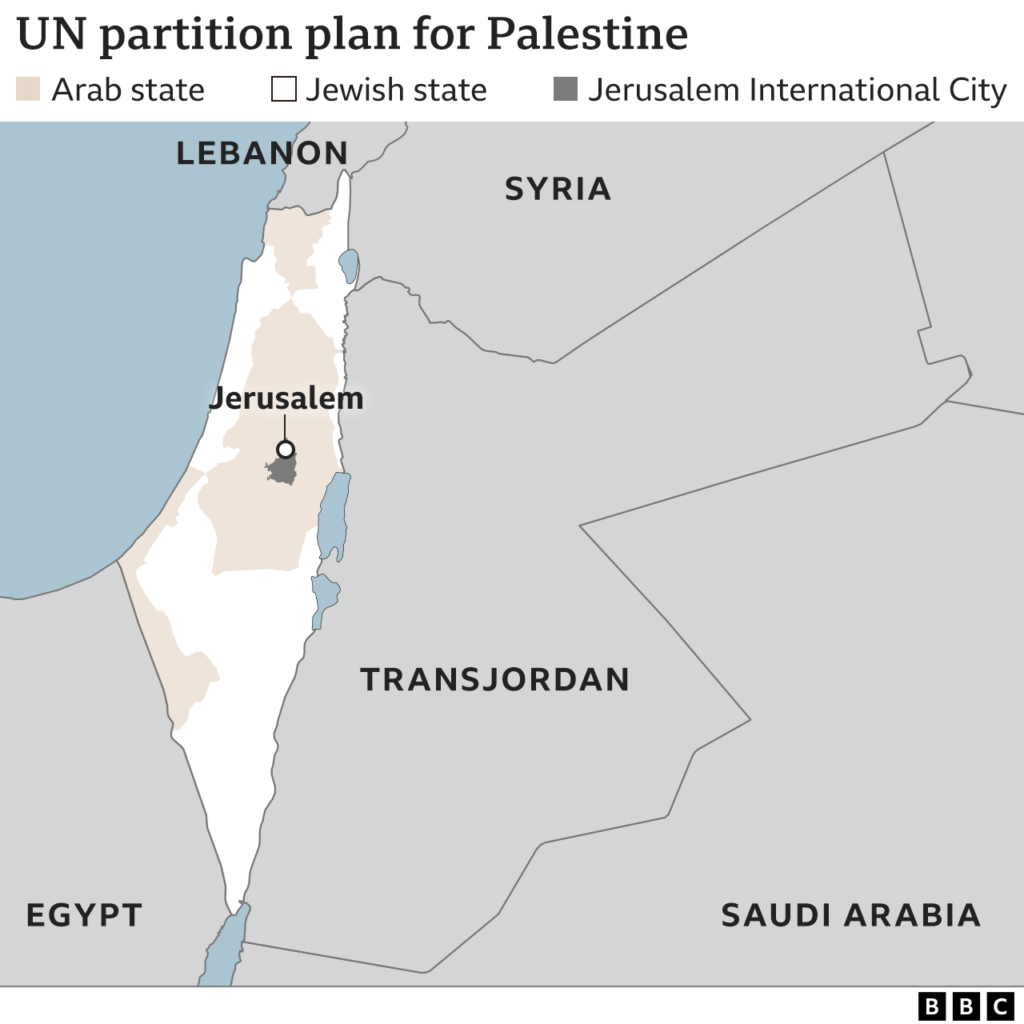Has archaeology and heritage become a weapon of war? Historically and currently archaeology has been used as a political weapon to eradicate culture, gain power and to use reason to harm others. One of the clearest examples of this, is the current conflict in Palestine and Israel. To fully understand the complexities of this war, it is important to look at where the conflict began from 1948-present. The Zionist government has been exposed for lying about archaeological sites such as Masada, and by lying about sites, it gives them ‘evidence’ that they have claim to these areas, causing the deaths of innocent civilians. The saddest thing about this conflict is that a place which has been seen as seen as holy for over 2000 years, home to some of the oldest churches, mosque and synagogues in world is now a home to destruction, death and conflict. However, it is important to note that no religion is to blame as the conflict is caused by a group of people and not a set of religious beliefs.
The Conflict

Since 1948, the land highlighted in white, Figure 1, has been divided up under the British mandate. Israel was officially declared a state, which, as a result, sparked the first ‘Arab-Israeli’ war. With Israel being the victor, over 750,000 Palestinians were displaced and between 1947 and 1949, over 400 Palestinian villages were deliberately destroyed, an action referred to as an ‘ethnic cleansing’. By the 1960s, the Israeli government had invaded Egypt, Jordan and Syria and in 1967, there was a 6-day war after Israel took territorial control over the Sinai Peninsula and Gaza strip from Egypt; the West Bank and Jerusalem from Jordan; and the Golan heights from Syria. This shows the extent that the Israeli government went to claim the land which they claim as their own. Years of conflict between Egypt and Israel ensued until a peace treaty in 1979, after 30 years of warfare, showing how the conflict is not just internal but external; subsequently affecting the heritage of other cultures. The Israeli government continued to push into Palestinian land causing a series of uprisings between 1987 and 1993 which led to over 100,000 Palestinians being arrested by Israeli forces.
America plays one of the largest roles in the Israel–Palestinian war and its impact on heritage, alongside other key actors such as Jordan, Egypt, Yemen, the United Kingdom, UNESCO, and even celebrities, whose involvement may seem surprising at first but is increasingly relevant in an age shaped by social media. Israeli actor Gal Gadot, for example, has been accused of promoting “Israeli propaganda,” and many other public figures have shared their views online, creating huge debates that, while helping raise awareness, have also amplified highly biased narratives. In 2023, Jewish Stranger Things actor Noah Schnapp posted a video of himself and friends handing out stickers reading “Zionism is sexy” and “Hamas is ISIS” (Stolworthy, Nov 2023), sending an unmistakably strong message that sparked backlash as well as support. This kind of messaging raises questions about whether comparisons between Hamas and ISIS stem from their attacks on Israeli civilians or from their religious identities, and whether such framing fuels anti-Islamic sentiment rather than constructive discussion. Although both Hamas and the Israeli government have caused civilian deaths, UN statistics show that between 2008 and 2021, 23 Palestinians were killed for every 1 Israeli, highlighting how social media can distort realities and deepen divides by presenting selective narratives.
International organisations such as the Center for Constitutional Rights and several prominent international-law scholars have debated whether Israel’s actions constitute genocide, with Francis Boyle stating in 2013 that Palestinians have long been victims of genocide as defined by the 1948 Genocide Convention (K. Franke, 2016). Following Hamas’s attack on October 7th, 2023, in which 1,200 Israeli civilians were killed and 138 were captured (G. K. Adams, 2023), Israel responded with force that, within the first eight weeks, killed around 1,500 Palestinian civilians, many of them children. By December 2023, more than 18,200 Palestinians had been killed since October 7th, while the revised Israeli death toll stood at 1,147. Israel also maintains overwhelming military control, with roughly 85% of its bases located on Palestinian land, a violation of humanitarian law and a war crime under international standards (Amnesty International, 2019). The level of control is further reflected in how civilians in Gaza have come to rely on airdrops for survival; for instance, on 24 December 2023, the Jordanian military carried out its seventh airdrop to the 800 civilians trapped in the church of St. Porphyrius. Yet Jerusalem’s deputy mayor, Fleur Hassan Nahoum, claimed in an interview with Nick Ferrari that there are no churches or Christians in Gaza, effectively denying Christian heritage while Israeli forces also destroy major Islamic heritage sites. Such statements, alongside the visible destruction, show a refusal to acknowledge the cultural and religious presence of Palestinians.
Heritage and archaeology play a central role in this conflict. In 2023, a Spain-based NGO documented 104 heritage sites as damaged or destroyed, and as figure 5 shows, ten major archaeological sites are now under severe threat. After the death of a student in Gaza, future archaeological work was put on hold to prioritise safety, leaving countless sites unrecorded and at risk of being lost forever. Meanwhile, members of the Israeli government openly deny the existence of sites such as the Byzantine church shown in figure 6, reinforcing the Zionist narrative that erases Palestinian history. This pattern is not new; in 1949, David Ben-Gurion declared that “the old will die and the young will forget” (Hawari, 2022), a phrase now widely discussed by scholars as evidence of ethnic cleansing during the destruction of Palestinian villages. Many now question whether history is repeating itself, as the relentless bombardment of Gaza appears increasingly aimed at wiping out Palestinian culture and heritage. Since land is one of the core factors in the conflict, erasing Palestinian heritage while preserving and promoting Israeli heritage creates the illusion of historical legitimacy. Archaeology, rather than being protected, is being weaponised as a political tool.
A clear example of archaeology being used politically is Masada, a once-obscure site that gained enormous prominence in the 1960s after excavations by politician-archaeologist Yigael Yadin. Masada became a symbol of Jewish resistance based on the account by Josephus that 960 Jewish rebels committed suicide rather than surrender to the Romans (Nelsson, 2014), and by 1983 scholars such as Narkis drew direct parallels between Masada and the Holocaust, giving rise to what became known as the “Masada complex” (Nachman Ben-Yehuda, 2014). However, Yadin’s excavations have long been criticised—most notably by Ben-Yehuda—for discrepancies between his field notes and published claims, suggesting he favoured myth over science (Nachman Ben Yehuda, 2002). Yadin’s political background, including serving as chief of staff to the army that destroyed hundreds of Palestinian villages and later becoming deputy prime minister, raises further questions about whether the mythic narrative was intentionally promoted to legitimise territorial claims. By 1986, accusations emerged that Israeli archaeologists and historians were manipulating archaeological interpretation for political purposes, focusing education almost exclusively on Jewish history while disregarding the heritage of other cultures. This again raises the question of whether such practices contribute to an ongoing ethnic cleansing.
While the Israeli government has destroyed heritage, disregarded cultures not its own, and reshaped its own history to justify territorial claims, the question becomes what is being done to protect Palestinian heritage. Many future projects are now at risk due to threats against archaeologists, and even basic humanitarian aid is being obstructed. When UNESCO granted Palestine full membership in 2011, becoming the first UN body to do so (Marweki, 2019), the move triggered backlash from the U.S., which cut funding under Obama and later withdrew entirely under Trump, followed by Israel. This withdrawal left UNESCO with drastically reduced funding, harming heritage protection worldwide, and left Palestinian authorities with almost no power to protect their sites while Israel maintained military control. This environment enables the continued destruction of Palestinian heritage and leaves the population largely helpless. With the war’s future uncertain, its impact on heritage remains unpredictable but increasingly devastating.
Much of this piece stems from research I carried out in 2023 during my archaeology studies, and two years later I have watched the horrors intensify. As someone trained in archaeology, I believe it is crucial to highlight the dangers of archaeological misuse, as the destruction of heritage is not just the loss of beautiful buildings but the deliberate erasure of a culture. Academic aid has halted due to student deaths, food aid is being prevented, and archaeology is being used politically to generate “evidence” that the land belongs exclusively to Israel, contributing to the deaths of hundreds of thousands of Palestinians. The erasure of Islamic and Christian heritage further supports claims of ethnic cleansing, and many human-rights scholars argue that Israel’s actions violate multiple protections under international law, including those relating to genocide (K. Franke, 2016). Ultimately, the state of Israel has manipulated archaeology to justify its claims, destroyed historic sites, attacked those trying to document them, and attempted to rewrite history.
So, is archaeology and heritage a weapon of war?





















